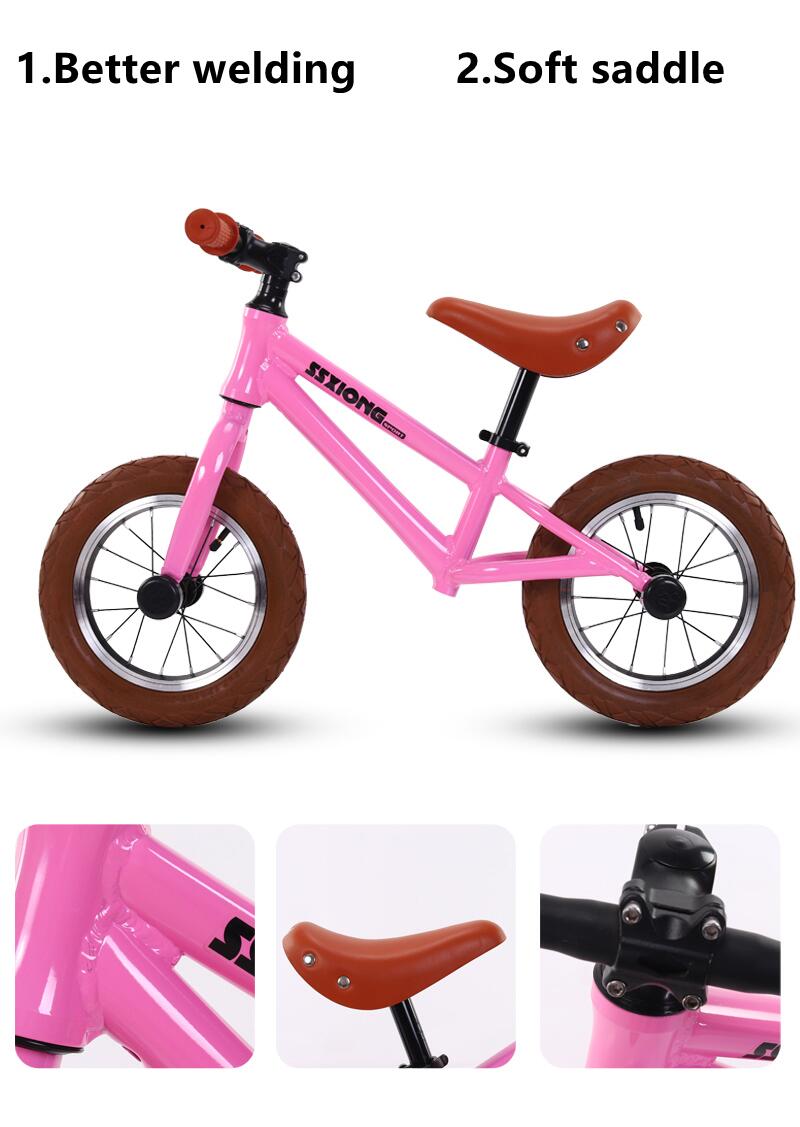Best Mountain Bikes to Start Your Off-Road Adventure for New Riders
Mountain Bikes for Beginners A Comprehensive Guide
Whether you’re venturing off the beaten path for the first time or looking to develop a new hobby, mountain biking can be an exhilarating and rewarding experience. For beginners, choosing the right mountain bike can seem overwhelming with the variety of options available in the market. This guide will help you navigate through the essentials of mountain biking, from understanding bike types to basic maintenance tips.
Understanding Mountain Bike Types
Mountain bikes come in several categories, each designed for different terrains and riding styles. The most common types include
1. Cross-Country (XC) Bikes Ideal for beginners, XC bikes are lightweight and efficient. They are designed for riding on smooth trails and tackling uphill climbs. If you’re looking to get started on relatively easy terrain, this might be the bike for you.
2. Trail Bikes These bikes are more versatile and are suited for a variety of terrain. They tend to have more suspension travel than XC bikes, which helps absorb rough bumps on trails. Trail bikes are a great option if you plan to explore different types of terrains and enjoy some downhill rides.
3. All-Mountain Bikes Perfect for those who want to ride both up and down without worrying too much about the terrain. They offer a good mix of efficiency for climbing and stability for descending. However, they are generally heavier than XC and trail bikes.
4. Downhill Bikes As the name suggests, these bikes are designed primarily for descending steep trails at high speeds. They are generally not suitable for beginners who lack experience, as they require advanced skills to maneuver safely.
Key Features to Consider
When shopping for a mountain bike, there are several key features to consider
- Frame Material Common materials include aluminum, carbon fiber, and steel. Aluminum is lightweight and affordable, while carbon fiber offers superior performance but at a higher cost. Steel is durable and offers a smooth ride.
- Suspension There are two main types of suspension hardtail (front suspension only) and full suspension (front and rear suspension). Hardtail bikes are generally lighter and easier to maintain, while full-suspension bikes provide better control and comfort on rough trails.
- Wheel Size Mountain bikes typically come in three sizes 26-inch, 27.5-inch, and 29-inch wheels. Larger wheels roll over obstacles more easily and offer better stability, making them a great choice for beginners.
mountain bikes for beginners

Essential Gear for Beginners
Aside from the bike itself, investing in the right gear can enhance your riding experience and keep you safe
- Helmet Always wear a certified mountain biking helmet to protect your head. Comfort and fit should be your top priority.
- Gloves They offer grip and comfort while riding, helping to prevent blisters.
- Shoes Look for stiff-soled shoes that provide good pedaling efficiency. Some beginners prefer flat shoes, while others opt for clipless pedals.
- Hydration Pack Staying hydrated is crucial, especially on longer rides. A hydration pack allows you to carry water and essential tools without weighing you down.
Basic Maintenance Tips
Once you have your bike, a little maintenance goes a long way in ensuring a smooth ride
- Clean Your Bike After each ride, wipe down your bike to remove dirt and grime. Pay special attention to the chain and gears.
- Check Tire Pressure Proper tire pressure is essential for traction and control. Always check your tires before heading out.
- Inspect Brakes Ensure that your brakes are working effectively. Adjust them as needed to ensure safety.
Conclusion
Beginning your mountain biking journey can be an exciting adventure. By choosing the right bike, gearing up appropriately, and learning a bit about maintenance, you’ll set yourself up for success. Remember, every rider was once a beginner, and with practice, you’ll build confidence and skill on the trails. Happy riding!
-
Three-Wheel Light-Up Scooter Benefits for KidsNewsJul.11,2025
-
The Importance of Helmet Safety When Using a Kids ScooterNewsJul.11,2025
-
Nurturing Early Mobility with an Infant ScooterNewsJul.11,2025
-
How to Choose the Safest Tricycle for KidsNewsJul.11,2025
-
Fixing a Squeaky Baby Push Tricycle in MinutesNewsJul.11,2025
-
Cleaning and Maintaining a Tricycle for Big KidNewsJul.11,2025
-
Unleash Fun and Safety with Our Premium Kids Scooter CollectionNewsJun.06,2025








